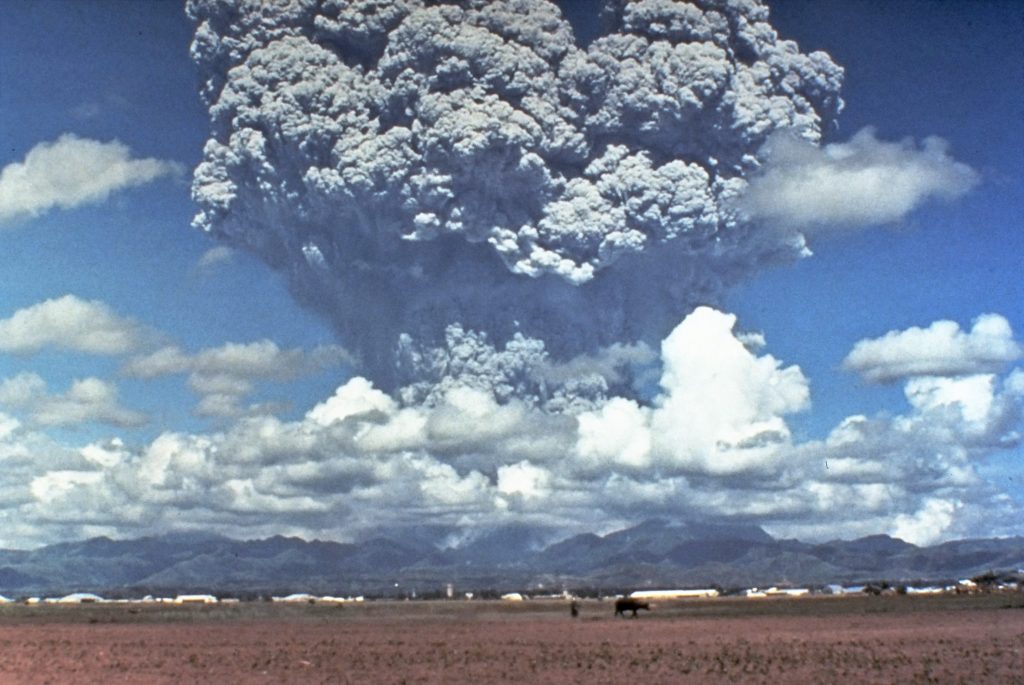Earth has had a dramatic history, filled with its share of angry outbursts. Here’s how the largest volcanic eruptions measure up.
The Volcanic Explosivity Index (VEI) ranks eruptions by size and power. The scale goes from VEI-0 to VEI-8. It measures ash, lava, and rock ejected.
VEI-0: usually a steady trickle of lava instead of an explosion. An example is the Hawaiian volcano of Kīlauea.
VEI-1: a gentle eruption that can happen frequently. Italy’s Mt. Stromboli has been erupting almost continuously for 2,000 years.
VEI-2: several mild explosions a month. Indonesia’s Mount Sinabung has been erupting since 2013.
VEI-3: catastrophic eruptions that happen every few months. Lassen Peak in Northern California had a VEI-3 in 1915.
VEI-4 happen about every other year. In 2010, Iceland’s Eyjafjallajökull grounded thousands of flights.

VEI-5 things start getting more dramatic. Both Mt. Vesuvius (79 AD) and Mt. St. Helens (1980) were VEI-5s.
VEI-6: colossal eruptions every 100 years. The 1883 explosion of Krakatoa was the most famous of these.
VEI-7 eruptions occur every 1,000 years. The most recent was Indonesia’s Mt. Tambora in 1815.
VEI-8 devastating explosive eruption every 50,000 years. The Yellowstone Caldera would reach this level if it were to erupt.
Let’s all just keep our cool.












The time frame of 50000 years is not arcuate according to the university of Bristol. Science Daily published a article on 29th November 2017 title heading, “Time between world-changing volcanic super-eruptions less than previously thought”.
It goes on to say about the study done by the university of Bristol: Jonathan Rougier, Professor of Statistical Science, said: “The previous estimate, made in 2004, was that super-eruptions occurred on average every 45 — 714 thousand years, comfortably longer than our civilization.
“But in our paper just published, we re-estimate this range as 5.2 — 48 thousand years, with a best guess value of 17 thousand years.”
According to geological records, the two most recent super-eruptions were between 20 and 30 thousand years ago.
://www.sciencedaily.com/releases/2017/11/171129090425.htm